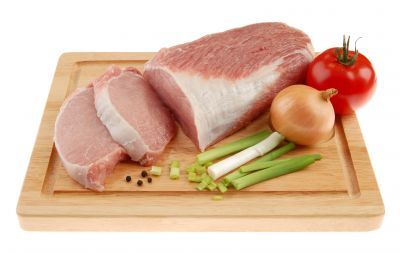Artificial meat grown in a laboratory needs exercise

Researchers at Eindhoven University in the Netherlands have successfully created in-vitro pork by extracting sample cells from the muscle of a live pig. Artificial fish has previously been grown successfully from goldfish cells.
The scientists multiplied the cells by mixing with other animal products to create the tissue. It is described as 'soggy' meat, but ways to improve the muscle tissue with stretching "exercises" are in the works.
It may be an estimated five to ten years before the animal protein product is "edible," but Stegeman, a sausage division of food giant Sara Lee, has invested in the project, as well as the Dutch government.
Controversy abounds. The animal rights group PETA expressed support of "cultured meat" as a good alternative to killing and eating animals. Other supporters suggest this process is an efficient means of feeding the world's population which is estimated to double in 40 years.
New Harvest, the research firm "advancing meat substitutes," believes other advantages to laboratory grown meat products include reducing fat content and eliminating diseases from farmed meats, such as salmonella.
Not producing meat from real animals would reduce the carbon footprint by reducing methane and other byproducts of industrial farming. But environmentalists believe that genetically modified "Frankenfoods" could pose unknown hazards to human health. No one has tasted the fake pork.
RC
Join our commenting forum
Join thought-provoking conversations, follow other Independent readers and see their replies
Comments